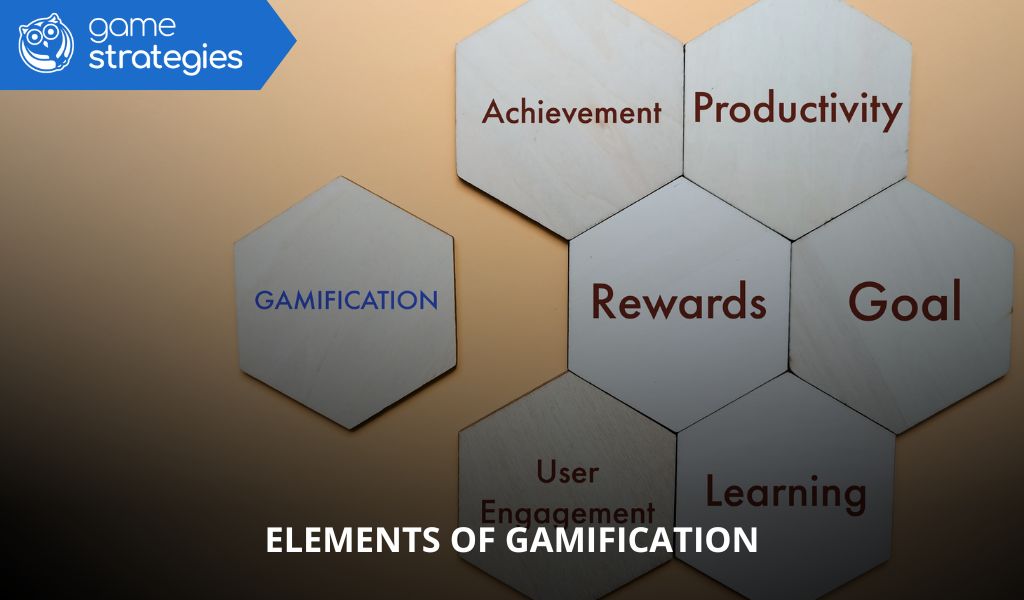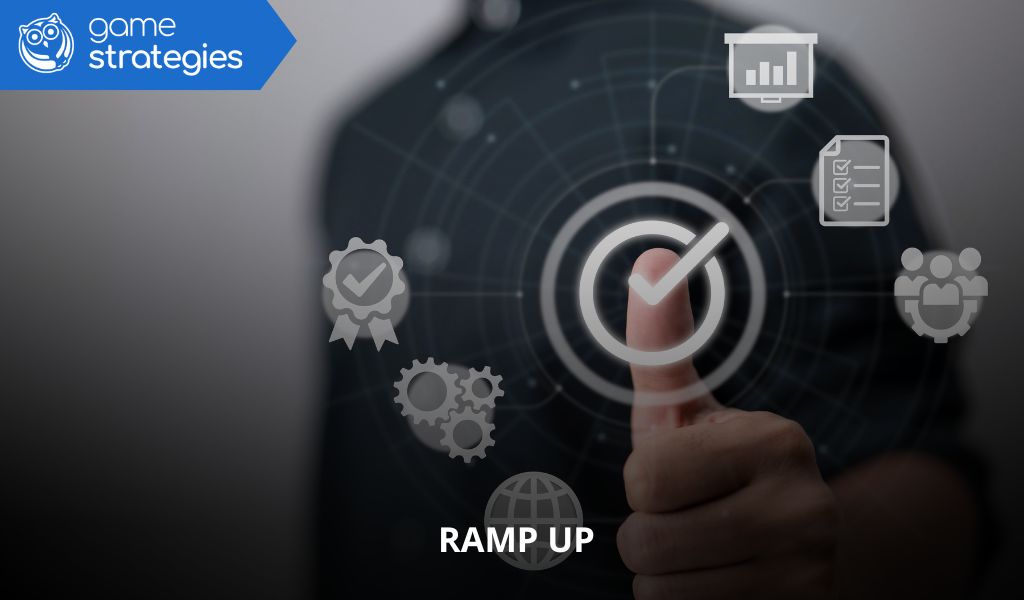In times when every spend must be defended with data, justifying an investment in training remains one of the biggest challenges for HR and L&D leaders. Why? Because it’s often measured by training hours or completion rates, not by what truly matters: behavioural change and business results.
Applied to corporate learning, gamification doesn’t just transform the user experience; it also lets you evidence ROI clearly, measurably and strategically. In this article we explain how it works, the impact it generates, and why platforms like Game Strategies have become key allies for delivering real results—powered by the elements of gamification.
Why is it so hard to justify investment in training without the elements of gamification?
Traditional training and its limited impact measurement
For years, training initiatives have been evaluated using weak proxies:
- Training hours per employee.
- Logins to the virtual campus.
- Satisfaction surveys (happiness, not effectiveness).
This approach measures attendance, not genuine learning—let alone behaviour change. It’s not enough to know someone watched a video or completed a course. What matters is whether it affected performance.
Common challenges: low engagement, poor retention, little real change
Many programmes fail because:
- Content doesn’t motivate or engage.
- The experience is passive and theoretical.
- Knowledge doesn’t transfer to day-to-day work.
- Measurement stops at the course boundary.
This creates a disconnect between training spend and visible results. HR and L&D need approaches that are engaging and measurable—precisely where the elements of gamification make the difference.
What HR, L&D and leadership expect today
Training leaders no longer aim to “tick the annual plan”. They demand:
- Data that links learning to performance.
- Evidence that training improves critical KPIs.
- Tools that drive commitment, learning and action.
- Scalable models adaptable to diverse profiles.
Enter gamified learning—grounded in sound pedagogy and the elements of gamification—supported by platforms like Game Strategies.
What gamification contributes compared with other methods (the elements of gamification that drive results)

Greater participation and completion of content
Gamification lifts involvement thanks to:
- Challenges, levels, achievements and badges (core elements of gamification).
- Immersive narratives and relatable characters.
- Dynamics that turn training into an experience, not an obligation.
This often translates into completion rates up to three times higher than traditional courses. Game Strategies’ learning experiences are a clear example: they motivate, retain and transform.
Active learning applied to real contexts
Instead of passively consuming content, learners:
- Make decisions inside the game or simulator.
- Apply learning in realistic situations.
- Make mistakes safely and learn from them.
This ensures on-the-job transfer: knowledge becomes observable behaviour—enabled by the elements of gamification.
Emotional impact and intrinsic motivation
Well-designed games trigger key emotions: surprise, achievement, curiosity, overcoming challenges. This emotional load strengthens memory and reinforces learning, nurturing intrinsic motivation—the desire to learn and improve without external incentives.
Immediate feedback and constant decision-making
Every action in the game has a consequence. That means learners:
- Learn instantly from mistakes and successes.
- Adjust behaviour in real time.
- Reinforce learning naturally.
Game Strategies takes this further with simulators that personalise feedback to the user’s style and the type of challenge—another practical use of the elements of gamification.
How to measure ROI in gamified training projects — using the elements of gamification
Key indicators: engagement, retention, transfer to the job
We no longer measure just “who logged in”. Now we evaluate:
- Participation level by module or phase.
- Voluntary replays of simulations.
- Short- and long-term knowledge retention.
- Performance in simulated versus real situations.
Before-and-after evaluation
To prove impact, establish a baseline and measure change. For example:
- Initial skills diagnostics.
- Behaviour simulations before/after.
- Comparative performance on the job.
This enables quantifiable improvements—not just perceptions.
Measurable behaviour changes in day-to-day work
ROI lives not in “content consumed” but in:
- How decisions change.
- Which new habits stick.
- How people respond in critical moments.
Game Strategies simulators capture these data and visualise behavioural shifts with specific metrics—powered by the elements of gamification.
Fewer errors, better results and operational efficiency
When learning impacts the business, you see it in:
- Fewer operational errors.
- Better sales, service or compliance indicators.
- Reduced time to competence.
- Greater efficiency in key processes.
These outcomes connect directly to the ROI leadership expects.
How a platform like game strategies measures it aligning the elements of gamification with KPIs
Game Strategies offers immersive learning and rigorous impact measurement. We combine recognised evaluation models (e.g., Kirkpatrick) with qualitative and quantitative indicators to provide a holistic view of change. Typical metrics include:
- Competencies developed: overall % improvement; % improvement by specific competency.
- Satisfaction and user experience: perceived applicability %, completion rate, recommendation rate, NPS, average programme rating.
- Business impact: productivity uplift, efficiency and motivation gains, sales increase, cost savings.
Integration with business KPIs and objectives (connecting the elements of gamification to outcomes)
Beyond “the game”, Game Strategies connects learning with the business by:
- Aligning learning with operational and strategic objectives.
- Reporting direct impact on KPIs such as NPS, sales, attrition or productivity.
- Demonstrating ROI with exportable reports for HR and leadership.
This turns the platform from a training tool into a strategic lever for organisational change and growth—using the elements of gamification as the engine
Justifying training investment is no longer merely possible—it’s essential. When applied with pedagogical rigour and the right technology, gamification becomes the most effective way to do it.
Learn, motivate, change and measure: that’s what you need to convince leadership and deliver visible results. Game Strategies provides a complete solution centred on user experience, business impact and the proven elements of gamification.
¿De cuánta utilidad te ha parecido este contenido?
¡Haz clic en una estrella para puntuarlo!
Promedio de puntuación 0 / 5. Recuento de votos: 0
Hasta ahora, ¡no hay votos!. Sé el primero en puntuar este contenido.









